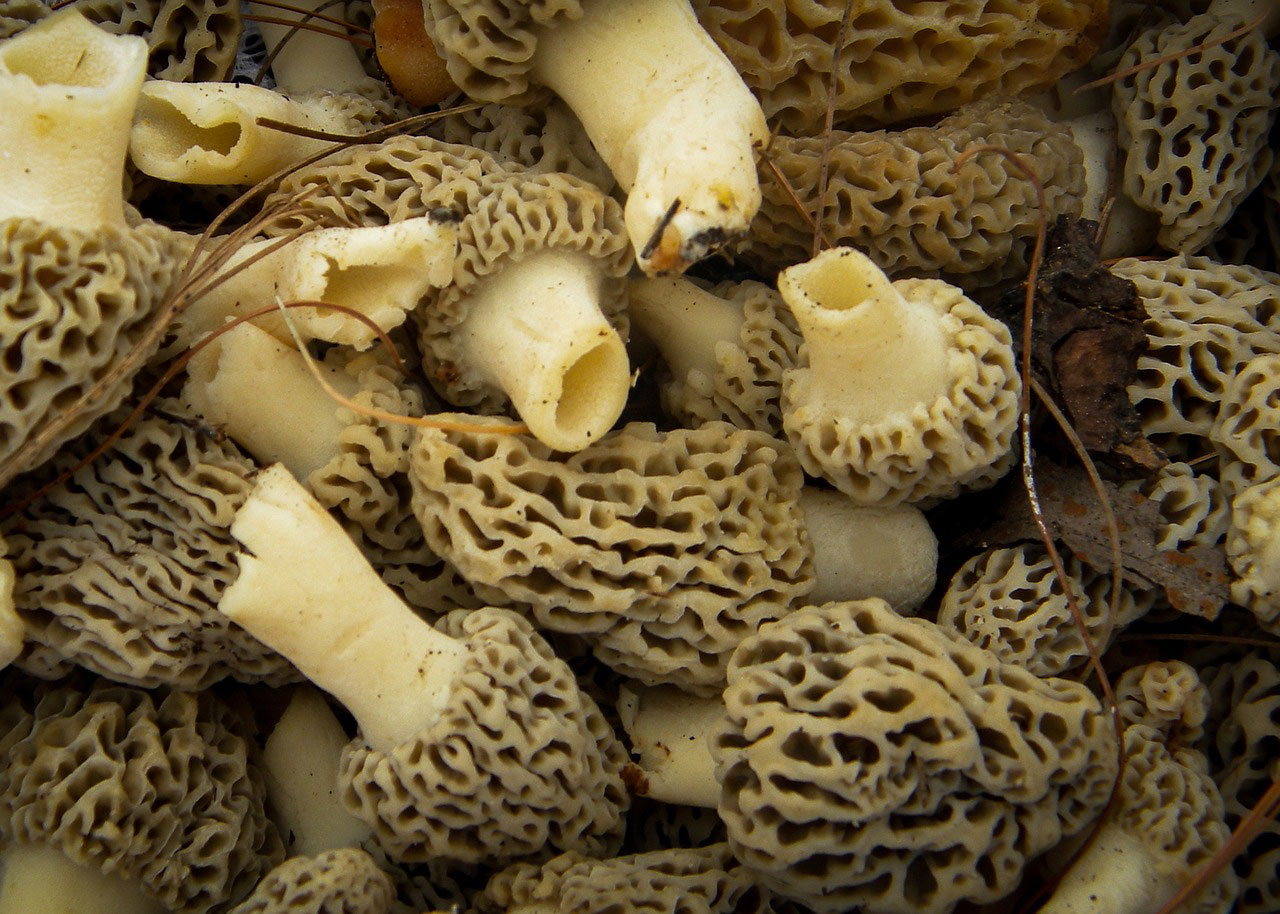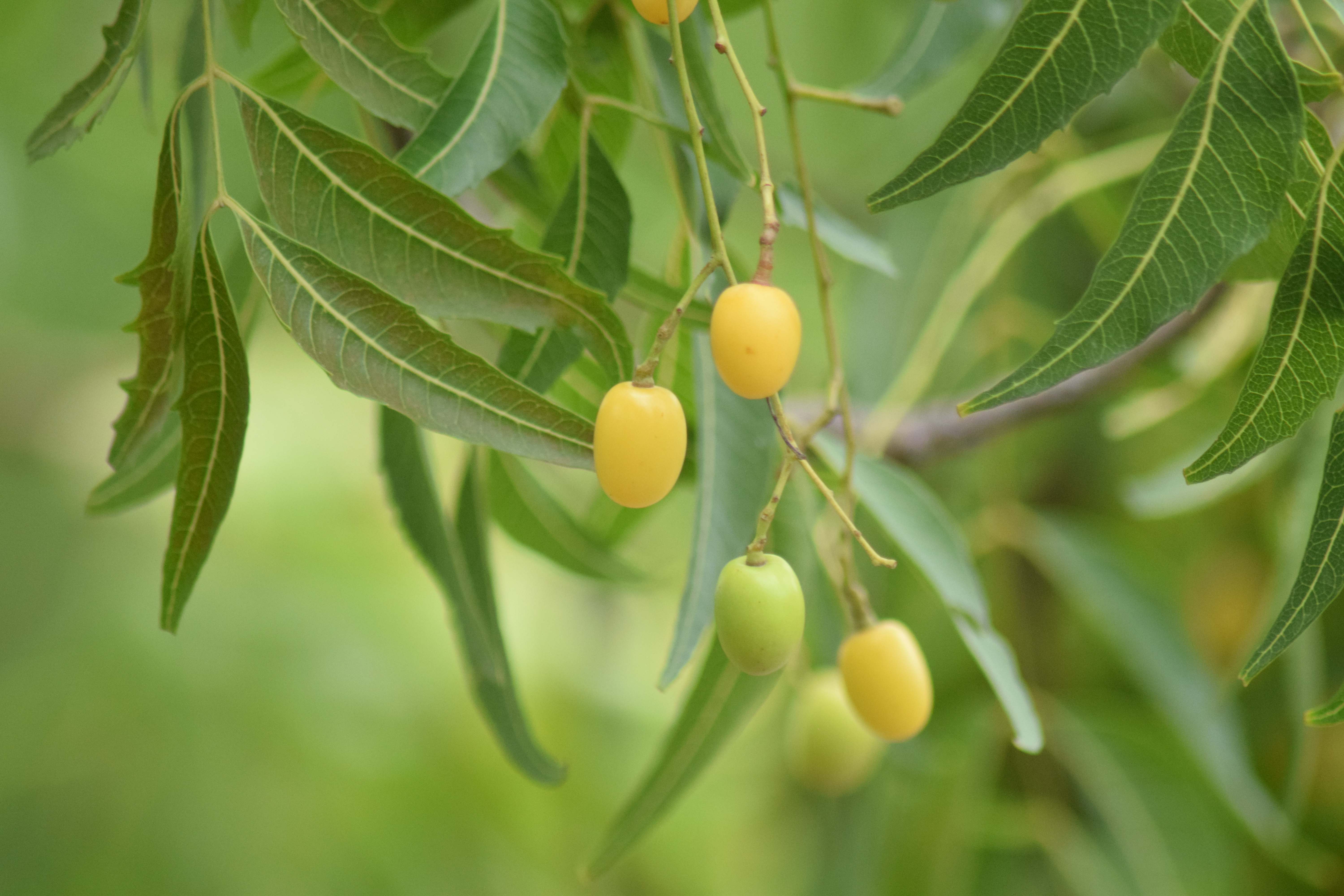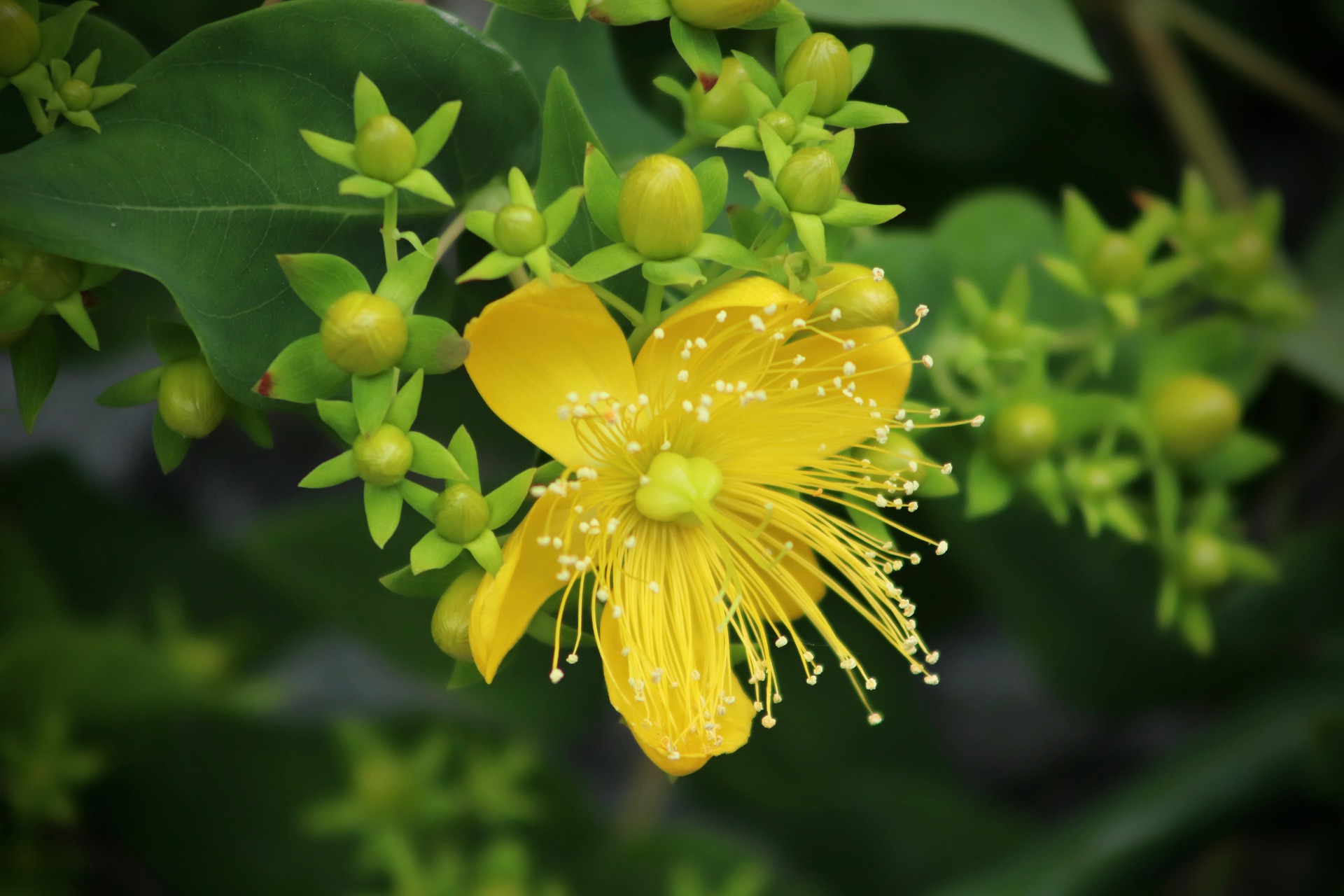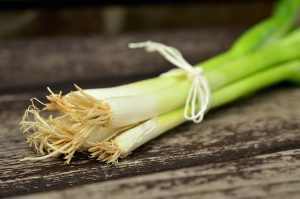Holly has integrated itself so well into mainstream culture, you may find yourself wondering how it came to be such a staple. In western society, the often immediate association with holly is the red and green decor of Christmas time, as popularized by the classic carol “Deck the halls with boughs of holly.” But as it turns out, holly pops up throughout history in a diverse array of cultures. Here, we’ll dive into the significance of this special plant for humanity and cover some of the most poignant aspects of holly leaf history.
What Is Holly?
Holly is a member of a group of plants (often shrubs or trees) with pointed green leaves and colorful berries. Distributed around the world, the holly genus Ilex includes almost 500 species as is grouped in the holly family Aquifoliaceae. Growing in temperate and tropical zones alike, the greatest diversity of hollies can be found in the more mountainous regions of Asia and South America. Don’t forget Europe and North America, however, as these continents boast some of the more well-known histories of holly leaves. In fact, the first fossil evidence of holly indicates that it first originated in subtropical Asia before expanding its range to every continent except Antarctica.
Description
In general, plants in the genus Ilex have a similar general appearance. However, they can grow as a shrub, tree, or climber. Before we dive into the specifics of different species of holly, here are some general characteristics you will find in the genus.
Holly Leaf
Shiny green and dramatically serrated leaves often have the classic toothed appearance.

Flowers
Though often associated with winter and evergreen trees, holly is a flowering plant and members of this genus can be both deciduous and evergreen. Holly is a dioecious plant, so the flowers will be either distinctly male or female.
Remember dioecious is Latin for “two houses,” referencing that male and female reproductive parts are separated into different individuals. This contrasts with monoecious plants where a single flower will have both male and female reproductive organs.
Fruit
Often called holly berries, the fruit of holly plants are actually drupes (similar to cherry or plum fruits). Despite the classic image of red berries, the fruit can be orange, yellow, or even black, depending on the species.
Holly Leaf History Across Cultures
Romans
During the festivals celebrating Saturnalia (a midwinter holiday), the Romans would offer gifts and dedications to Saturn, the god of seed or agriculture. Often, people decorated their homes with greenery to celebrate fertile growth and bless the sowing of winter crops. People would exchange gifts, often including holly, to share the festivities with each other.
Druids
The Druids thought of holly as a sacred plant. Because it remained green throughout seasons, they associated it with fertility and life. They believed that it protected fairies during the winter and many would hang it in their homes to guard against evil spirits.
Celtics
In Celtic traditions, holly plays a role in the story of the seasons. Lore tells of a battle between the Holly King and the Oak King in a cyclical battle that controls the seasons. At the winter solstice, the Oak King gains the upper hand, only to lose to the Holly King at the summer solstice. During the solstice celebrations, children dress in holly and ivy to commemorate this story as well as highlight verdant life during the darkest parts of the winter.
Christians
With such a strong connection as a Christmas decoration, it’s no surprise that there is some folklore around holly in Christianity. Holly symbolizes two parts of the Christian story. First, the spiny leaves represent the crown of thorns that Jesus wore. In the same lore, the red berries represent his blood. Beyond those religious associations, even secular Christmas festivities will include holly as the colors fall into the classic green and red color scheme.
Native Americans
In the Southeast, Native Americans collected and used holly berries as decorations, buttons, and valued trade items. Across the range of the Yaupon holly, native tribes used this species as both a resource and medicine. They made arrows from the wood and brewed the leaves to make a tea used in purification ceremonies.
Fun Fact: Yaupon holly (Ilex vomitoria) is the only North American plant to contain caffeine.
Common Types of Holly
English Holly (Ilex aquifolium)
How to Identify
The classic Christmas holly, English holly is a broadleaf evergreen tree. In the wild, it has a classic holly leaf with dark green with its edges scooped to separate the spines. Tiny white flowers become red drupes on the female plant. However, breeders have cultivated different varieties of English holly, and some have white to yellow leaves.
Range
Europe to western Asia

Chinese Holly (Ilex cornuta)
How to Identify
Mostly growing as a dense shrub, Chinese holly can be considered a small tree, topping out at heights of ~25 feet in ideal conditions. To picture this classic plant, imagine smooth gray stems decorated with thin, simple dark green leaves and red berries. This is another holly that has been cultivated over time. And for good reason – it’s tolerant of drought, heat, and cold!
Range
Eastern China

Yerba Maté (Ilex paraguariensis)
How to Identify
The plant behind the centuries-old drink of the same name, maté is closely tied to traditions in South America. More recently, people across the world have started drinking maté (though few people outside of South America drink from the traditional gourd). The leaves have a leathery texture and dark green color congruent with other hollies. However, they have rounded edges that lack undulations or spines. Similar to other hollies, they do sport red berries.
Range
Argentina, Uruguay, Paraguay, central and southeastern Brazil

American Holly (Ilex opaca)
How to Identify
Growing as a shrub or tree, American or common holly provides dense leaves and is often used as a hedge. However, when it reaches heights of 10-20 meters, it lumps in with the tree category. Furthermore, the bark is bumpy and light gray, and the branches are often stout. Alternate leaves are bright green with yellow undersides and have the classic holly teeth. Its small white flowers are typical of hollies, and they produce red fruit.
Range
Eastern and the south-central regions of the United States
Whether providing a charming story, a holiday decoration, or an energizing drink, both holly leaf history and human history are tied closely together.




















0 Comments